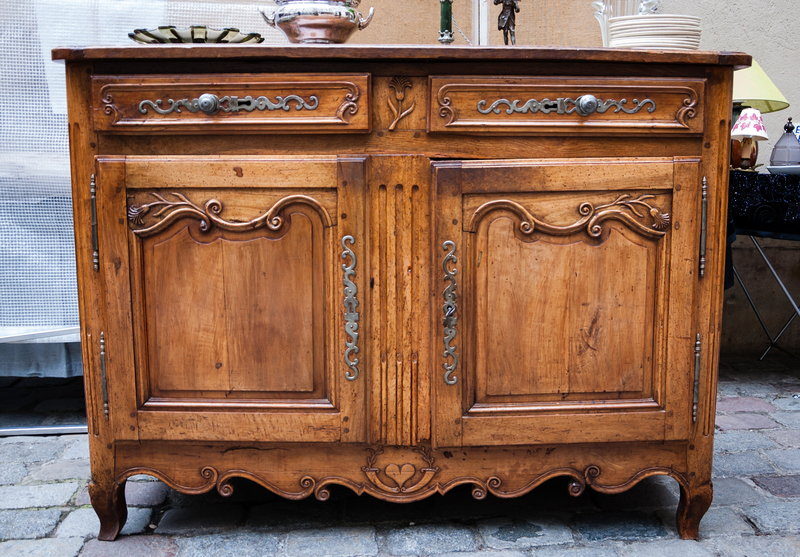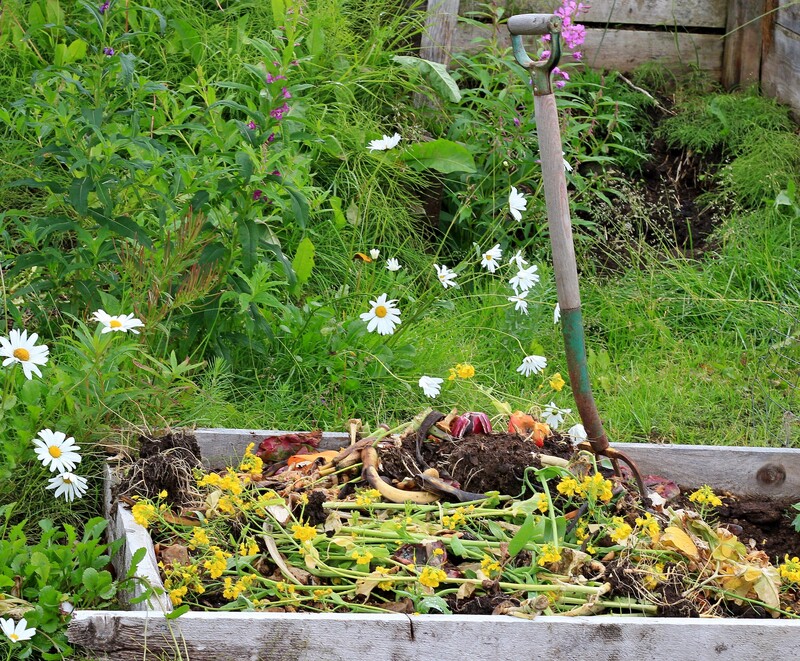Transforming Outdated Cookware Through Local Recycling Programs
Is your kitchen cluttered with old pots, worn-out pans, and mismatched lids? Discover how community-driven initiatives are revolutionizing the way we dispose of and transform outdated cookware through local recycling programs.

Understanding the Need for Cookware Recycling
Households accumulate outdated and unused cookware over time. Nonstick coatings fade, handles break, and pieces simply wear out. Unfortunately, many people throw these items straight into the trash, unaware of the environmental consequences. Metal, plastic, and ceramic materials from cookware often end up in landfills, contributing to harmful pollution and resource wastage.
Local recycling programs are stepping up to promote responsible cookware disposal, offering solutions to minimize our ecological footprint while creating opportunities for reuse and transformation.
The Environmental Impact of Discarded Cookware
- Non-biodegradable Waste: Most cookware materials, especially metals and non-stick coatings, degrade very slowly, lingering in landfills for decades.
- Toxic Leachates: Teflon coatings and plastics can leach toxic substances into soil and waterways when improperly disposed of.
- Resource Scarcity: Manufacturing new cookware from virgin resources depletes natural reserves and consumes substantial energy.
What Materials Can Be Recycled?
Before exploring how recycling programs for outdated cookware work, it's vital to know which materials are commonly accepted:
- Stainless Steel: Highly recyclable, used in pots, pans, and utensils.
- Aluminum: Found in lightweight pans and some baking sheets.
- Cast Iron: Heavier, often outlasts its intended lifespan, and valuable for scrap metal recyclers.
- Copper: Sought after by metal recyclers and often found in high-end cookware.
- Glass and Ceramic: Some municipal programs accept glass and ceramics; check your local guidelines.
- Plastic Handles and Lids: Can often be separated and recycled where facilities exist.
Pro-tip: Remove non-metal parts such as plastic handles or rubber grips before recycling to ensure purity and maximum value for recycling facilities.
How Local Recycling Programs Transform Old Cookware
1. Collection and Sorting
Transforming outdated cookware begins with efficient collection and sorting. Many local recycling centers now host dedicated drop-off points for metal kitchen items. Some communities organize special recycling events or collaborate with retailers to set up collection bins.
- Curbside Pickup: In some regions, you can leave old cookware with your regular recycling, provided it's separated by type.
- Drop-off Centers: Municipal or private recycling facilities often have designated days for accepting large metal items, including cookware.
- Retail Partnerships: Some cookware brands offer "take back" programs to recycle their products responsibly.
2. Processing and Material Separation
Once collected, tools like shredders and magnets help separate cookware materials. Metals are sorted (aluminum, stainless steel, copper, etc.), while non-metal parts are removed manually or mechanically. This phase is crucial for ensuring only reusable materials proceed to the next stage.
3. Smelting and Remanufacturing
- Melting Down Metals: Facilities heat separated metals in furnaces, purifying them for use in new products.
- Repurposing Materials: Recycled metal can be transformed into fresh sheets or ingots, ready for manufacturing new cookware or entirely different products.
- Closed-Loop Recycling: Some companies use recovered materials exclusively in their product lines, reducing their reliance on virgin materials.
4. Creative Upcycling & Community Projects
Beyond traditional recycling, upcycling outdated cookware is gaining traction. Community programs and artists creatively repurpose old kitchen items into:
- Garden Planters: A retired pot or pan becomes a unique flowerpot or herb planter.
- Art Installations: Local schools and artists use pots and pans for sculptures or wall art projects.
- DIY Home Decor: Lids become clock faces or mobiles; colanders serve as light fixtures.
The Role of Local Governments and Community Programs
Many municipalities are leading the way in transforming old cookware through community recycling. Successful programs often include:
- Educational Campaigns: Workshops, flyers, and social media alerts to inform residents about recycling cookware properly.
- Convenient Collection Points: Increasing the number and accessibility of drop-off sites ensures broader participation.
- Partnerships: Collaboration with retailers, manufacturers, and artists to maximize the impact and utility of recycled materials.
Examples of Innovative Programs
- San Francisco's SCRAP: The Scrounger's Center for Reusable Art Parts accepts gently used kitchenware for art and DIY reuse projects.
- Toronto Depots: Specialized drop-off depots encourage residents to bring scrap metal, including cookware, for responsible recycling.
- UK's Love Food Hate Waste: Partners with local councils to provide guidance on recycling and upcycling kitchen items.
Why Choosing to Recycle Matters
Each time you choose to recycle your old cookware instead of trashing it, you're making a positive environmental impact. Here are some compelling reasons to participate:
- Supports Circular Economy: Keeps valuable metals in use, reducing dependence on new raw materials.
- Lowers Carbon Footprint: Recycling metals consumes fewer resources and less energy than producing new cookware.
- Reduces Landfill Waste: Less metal in landfills means less leaching of toxins into ecosystems.
- Encourages Innovation: Fuels creative community projects, giving outdated cookware new life and purpose.
How to Prepare Cookware for Recycling: A Step-by-Step Guide
- Step 1: Check Local Guidelines
Not all programs accept every material. Confirm what's accepted at your local facility or through your municipality's website. - Step 2: Separate Materials
Remove plastic handles, glass lids, and rubber or silicone parts. Recycle these components where appropriate. - Step 3: Clean Thoroughly
Wash off food residue and oils. Clean cookware is easier and safer to process. - Step 4: Drop Off or Arrange Pickup
Take your prepared cookware to the right location, or schedule a pickup if offered in your area. - Step 5: Get Creative
Consider whether some pieces could be upcycled at home before recycling (for example, turning a colander into a fruit basket).
Common Challenges and Solutions in Cookware Recycling
- Mixed Materials: Many pots and pans combine metals with plastics, glass, or rubber, complicating recycling. Solution: Consumers should disassemble items as much as possible.
- Nonstick Coatings: Teflon and similar coatings can contaminate recycling streams. Solution: Ask your recycler if they accept nonstick items or if you must search for specialized programs.
- Public Awareness: Many residents don't realize cookware can be recycled. Solution: Local governments and sellers must improve outreach and education for better participation.
Retailer Takeback and Trade-in Programs
Major kitchenware retailers are embracing sustainability through takeback and trade-in initiatives. These programs offer customers rewards or discounts for returning old cookware for responsible recycling and transformation.
- Williams Sonoma: Periodic trade-in events let shoppers exchange old cookware for store credit, which is then sent for recycling or donation.
- Le Creuset: Encourages customers to recycle enameled cast iron through retailer partnerships and local depots.
- Sur La Table: Accepts drop-off of used pans for recycling and will sometimes offer discounts for new purchases.
Look for local businesses participating in these schemes or inquire about their recycling options when you shop.
Upcycling Inspirations: Give Your Old Cookware a Second Chance
- Wall Decor: Hang vintage pans, colanders, or antique utensils for a rustic or industrial kitchen vibe.
- Bird Baths or Feeders: Large metal bowls or saucepans make unique, weather-resistant yard features.
- Workshop Organization: Use old muffin tins to sort nails, nuts, or bolts in your garage or workshop.
- Garden Tools: Repurpose broken spatulas or wooden spoons as soil markers for your home garden.
*For more creative projects, browse community upcycling groups or social media platforms brimming with ideas for transforming outdated cookware into functional art.*

Frequently Asked Questions About Cookware Recycling
- Can rusty cookware be recycled? Yes, as long as it's cleaned and separated, most recycling centers accept rusty metal.
- Are all nonstick pans recyclable? Not all centers process nonstick coatings, so check before dropping off. Some brands offer mail-in recycling for nonstick products.
- What about plastic or silicone parts? Remove these before recycling and check your local guidelines for proper disposal.
- Can I donate working cookware instead? If your items are still safe and functional, donation is a sustainable alternative. Many shelters and thrift stores welcome these items.
Conclusion: Make a Positive Change By Recycling Old Cookware
Transforming your outdated cookware through local recycling programs is a simple yet impactful step toward a healthier planet and a clutter-free kitchen. By participating in community recycling, supporting upcycling initiatives, and spreading awareness, you contribute to a circular economy and foster innovation in your neighborhood. Next time you're ready to upgrade your kitchen or clear out old items, remember: Transform, recycle, and renew with your local programs!
Resources & Further Reading
- US EPA: How to Recycle
- Earth911: Recycling Locator
- SCRAP San Francisco
- Recycle.co.uk: Kitchens & Cookware
Take the first step today--explore your community's cookware recycling options and be part of the solution!